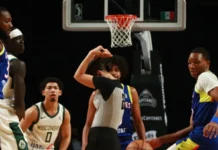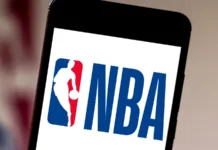
Basketball fans often debate which Olympic team was greater: the 1992 Dream Team or the 2008 Redeem Team. Both squads were filled with NBA legends, but their purposes and legacies were very different.
The Dream Team introduced American basketball dominance to the world in an unforgettable way. The Redeem Team restored America’s pride after a shocking fall from the top.
The 1992 Dream Team, the Original Standard
The 1992 Dream Team was the first Olympic team to feature active NBA players. Before then, only amateurs and college stars represented the United States.
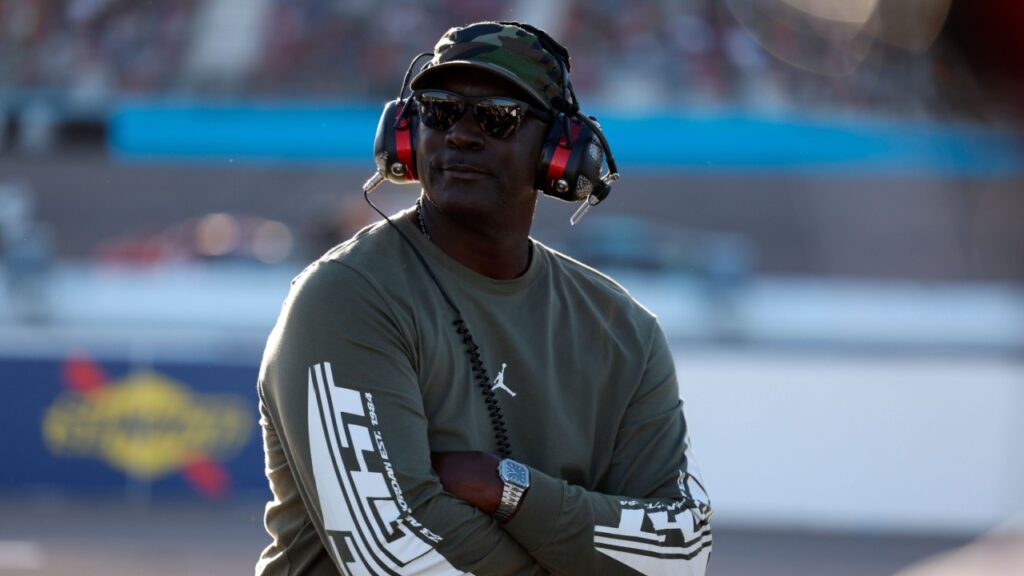
This team included Michael Jordan, Magic Johnson, Larry Bird, Charles Barkley, and many more. It was a lineup of Hall of Famers unlike anything the world had ever seen.
They dominated the 1992 Barcelona Olympics, winning every game by an average of 43.8 points. Their mix of skill, size, and star power overwhelmed every opponent.
Jordan was at the peak of his powers, leading the charge with his scoring and defense. Magic brought leadership despite having retired the prior year after his HIV diagnosis and playing limited minutes; Bird contributed veteran leadership while coping with long-term physical wear from his career.
Charles Barkley was the team’s leading scorer, averaging 18 points per game. His physical play and energy made him a perfect fit alongside the team’s stars.
The Dream Team wasn’t just about winning; it was about inspiring. Their games were watched worldwide, and their presence made basketball a truly global sport.
Young international players like Dirk Nowitzki, Manu Ginóbili, and Pau Gasol later said they grew up idolizing the Dream Team. The 1992 squad planted the seeds for the NBA’s global growth.
For many fans, the Dream Team remains the greatest basketball team ever assembled. Their dominance and cultural influence set the standard for every team that followed.
The 2008 Redeem Team, Restoring American Pride
By the early 2000s, Team USA had lost its reputation for invincibility. A disappointing bronze medal in the 2004 Athens Olympics and another bronze at the 2006 FIBA World Championship shocked fans and proved the world was catching up.
The 2008 Redeem Team was built to bring the gold back to the United States. It featured LeBron James, Kobe Bryant, Dwyane Wade, Carmelo Anthony, and Chris Paul.
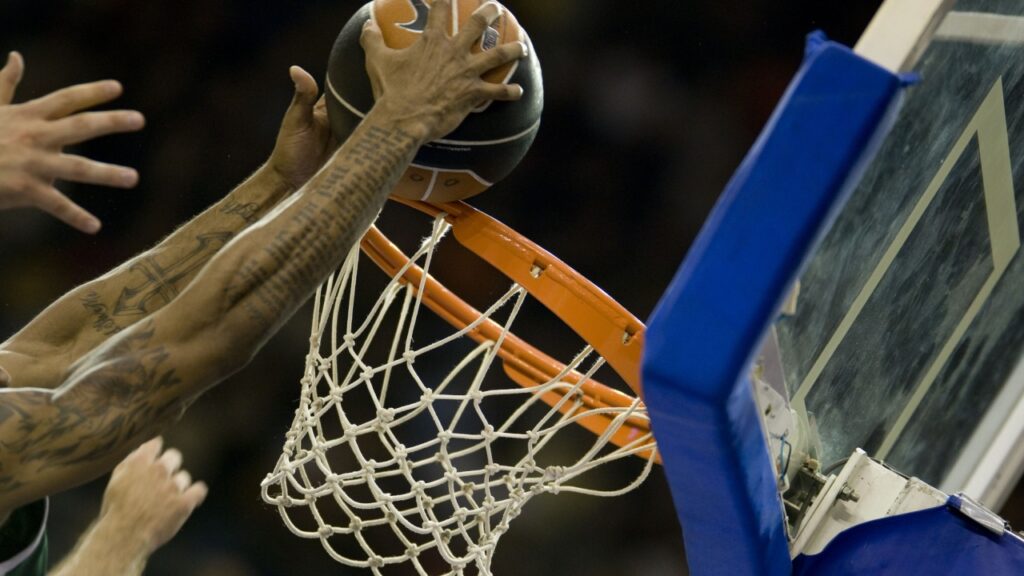
Coached by Mike Krzyzewski, the team emphasized teamwork and defensive intensity. The players committed years of preparation to ensure success in Beijing.
Kobe Bryant played the role of closer and leader. Kobe hit a late clutch four-point play (a 3 + a foul) and finished with 20 points, many of them in the fourth quarter, which helped seal the win.
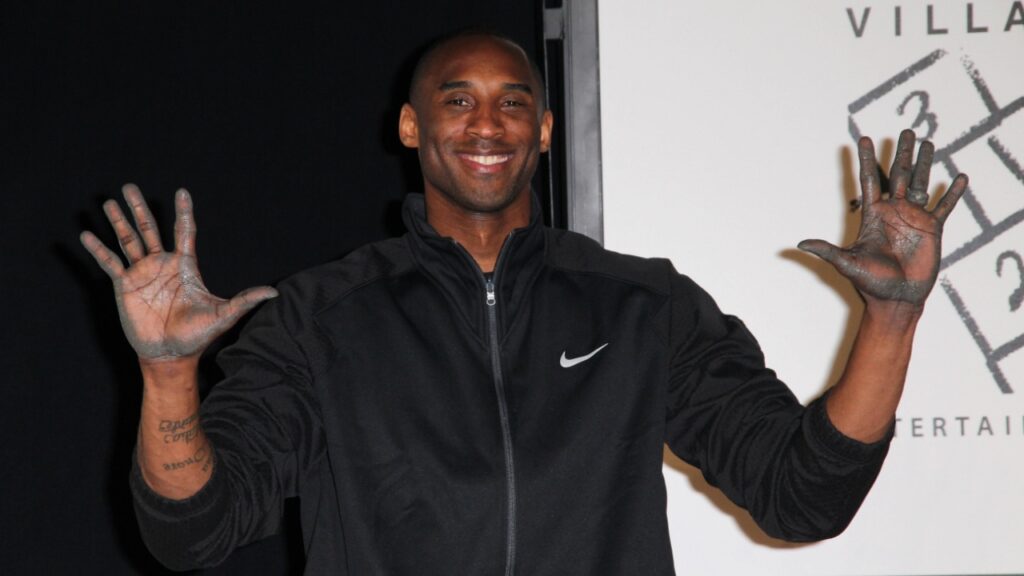
Dwyane Wade was the team’s top scorer, providing energy and offense off the bench. His fearless attacks on the basket lifted the team when they needed it most.
LeBron James stepped into a leadership role as well, showing his growth as a player. His combination of size, speed, and passing made him unstoppable on the international stage.
The Redeem Team’s toughest challenge came against Spain in the final. Spain fought hard, but Team USA pulled away with a 118–107 win to reclaim gold.
This victory restored America’s place as the top basketball nation. More importantly, it reminded players and fans of the pride that comes with wearing the USA jersey.
Lasting Impact on Basketball and Culture
The Dream Team showed the world how dominant NBA players could be together. They didn’t just win games; they grew the sport of basketball globally.
Their influence inspired a wave of international talent. Today, stars like Luka Dončić, Giannis Antetokounmpo, and Nikola Jokić owe part of their journeys to the Dream Team’s example.
The Redeem Team left a different kind of legacy. They proved that even superstars had to sacrifice egos for the sake of winning gold.
Kobe set the tone with his work ethic, practicing at dawn and challenging teammates to match his intensity. His leadership shaped younger stars like LeBron and Wade for years to come.
The Redeem Team also showed the importance of international respect. By playing hard against other nations, they helped raise the level of competition around the world.
Both teams reminded fans that Olympic basketball is about more than medals. It’s about representing a country, inspiring generations, and uniting people through the game.
Today, documentaries and debates keep both legacies alive. The Dream Team is remembered for being untouchable, while the Redeem Team is celebrated for bringing pride back through resilience.
Together, these teams tell the story of American basketball’s evolution. One team introduced dominance, and the other reminded the world of what it takes to earn it back.
Key Games That Defined Each Team
The Dream Team’s games in the 1992 Olympics weren’t just wins; they were global showcases. Their 116–48 victory over Angola proved the gap between American stars and the rest of the world. Against Croatia, they faced future NBA star Toni Kukoč, who had been hyped as a challenge. In their first meeting, the Americans held Toni Kukoč to just four points (a clear message). In the gold-medal game, Kukoč was more of a factor, scoring 16.
The Redeem Team’s defining moment came in the 2008 gold medal game versus Spain. Spain cut the lead to just two points late, but Kobe Bryant hit a clutch three-pointer, celebrating with his trademark fire to seal it.
That game showed how much international basketball had grown since 1992. It was no longer about blowouts but about survival against skilled global competition.
Legacy Beyond the Olympics
The Dream Team’s influence stretched far beyond Barcelona. It fueled the NBA’s global rise, helping the league expand into new markets across Europe, Asia, and beyond.
Players like Yao Ming, Pau Gasol, and Dirk Nowitzki have credited the Dream Team with inspiring their careers. Without 1992, the NBA’s worldwide reach might not be what it is today.
The Redeem Team also left a lasting mark on NBA culture. It changed how American stars approached international play, emphasizing commitment, sacrifice, and respect for the game.
LeBron James, Dwyane Wade, and Carmelo Anthony used that experience to fuel their NBA success. Their growth as leaders on the Redeem Team carried over into their championship runs in the league.
Frequently Asked Questions
Q: Who was on the 1992 Dream Team?
The roster included Michael Jordan, Magic Johnson, Larry Bird, Charles Barkley, Karl Malone, Patrick Ewing, John Stockton, Scottie Pippen, Clyde Drexler, David Robinson, Chris Mullin, and Christian Laettner.
Q: Who were the key players on the 2008 Redeem Team?
LeBron James, Kobe Bryant, Dwyane Wade, Carmelo Anthony, Chris Paul, Dwight Howard, and Jason Kidd were among the stars.
Q: Which team was more dominant?
The Dream Team dominated opponents with huge margins, while the Redeem Team faced closer competition. However, both won gold and proved their greatness.
Q: What was the biggest difference between the two teams?
The Dream Team introduced NBA stars to the world for the first time, while the Redeem Team had to rebuild America’s reputation after earlier struggles.
Q: Which team had the bigger cultural impact?
The Dream Team globalized basketball, while the Redeem Team inspired a new generation of NBA stars. Both left lasting cultural marks in different ways.
Conclusion
- The 1992 Dream Team and the 2008 Redeem Team are two of the most iconic squads in basketball history.
- The Dream Team set the gold standard, showing what was possible with NBA legends united.
- The Redeem Team restored American pride, proving that teamwork and resilience still mattered.
- Both teams did more than just win medals; they inspired generations and elevated the game globally.
- They reminded the world of basketball’s power to unite people.
- While the GOAT debate for players may never end, these two teams stand at the top of basketball history.
- The Dream Team and Redeem Team remain everlasting symbols of greatness.
Read More
- How Jackie Robinson Changed American Sports Forever
- NFL Players Who Overcame Career-Threatening Injuries To Make A Comeback
- Legendary Quarterbacks Compared To Today’s Stars
This article was made with AI assistance and human editing.

